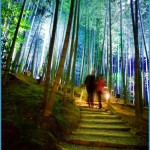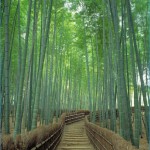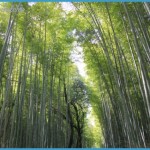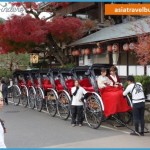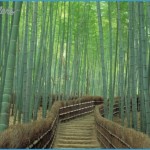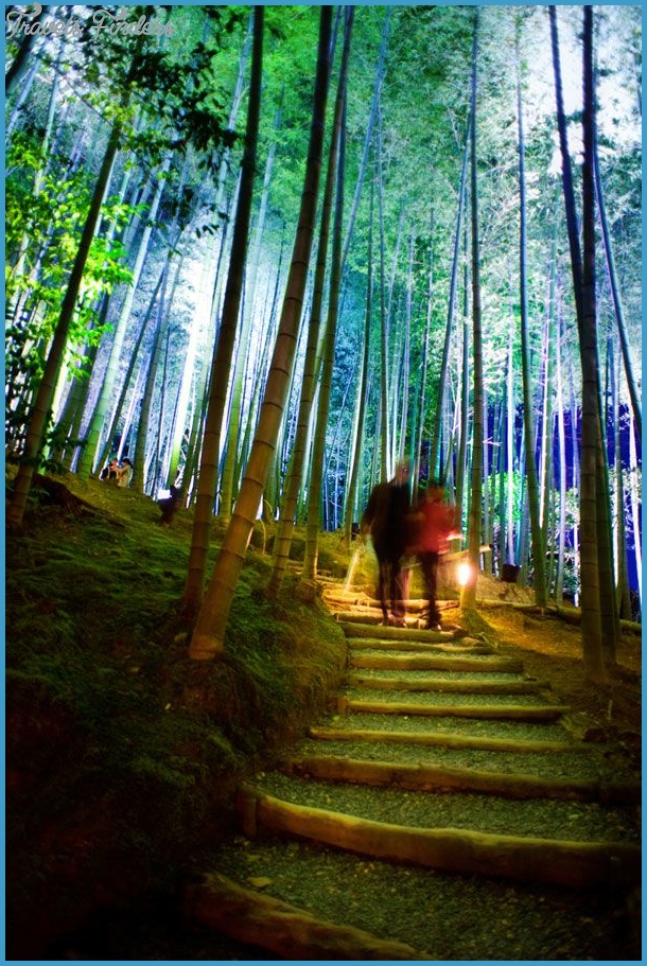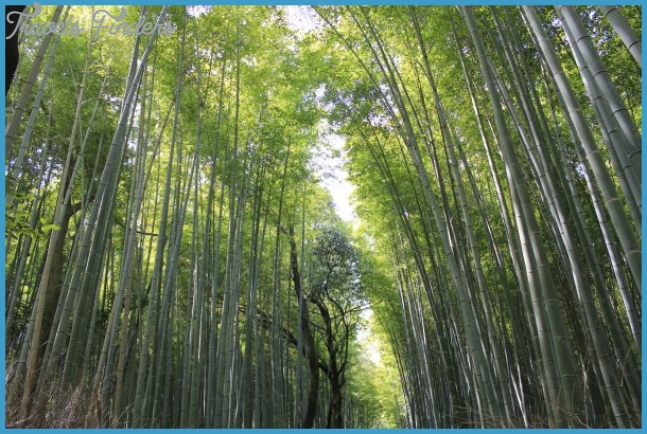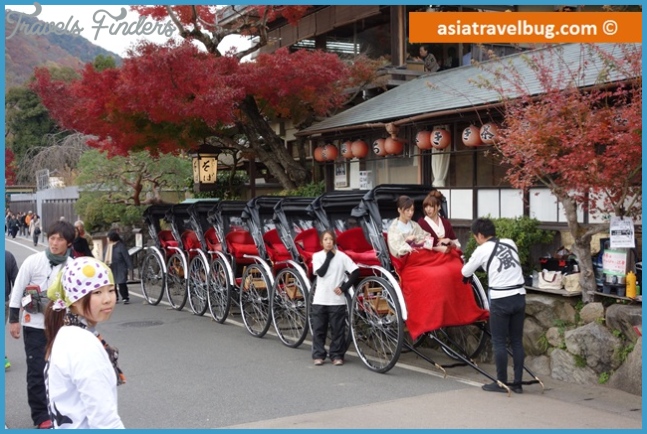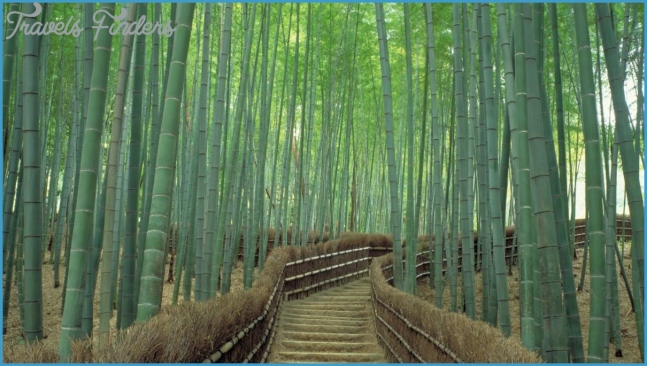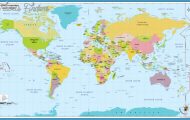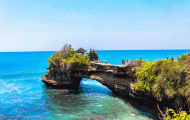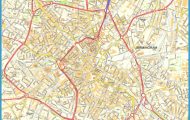The northwestern Kyoto districts of Arashiyama and Sagano are a wonderful area to wander, if not initially too distracted by Tenryu-ji, the 14th-century Temple of the Heavenly Dragon, a World Heritage Site. The outstanding architecture and gardens of Tenryu-ji can be overwhelming, even before considering its nearby Hogon-in subsidiary temple with gardens built around giant boulders naturally “placed” by the course of the Hozu River. Hogon-in’s fine gardens are only recently accessible after being closed to the general public for 140 years. Crossing the landmark Togetsukyo Bridge and following the footpath upstream along the Hozu River leads to Daihikaku Senkon-ji, a seldom-visited mountainside temple perched alone, a moody sentinel above the gorgeous river valley.
Arashiyama and Sagano in Kyoto Photo Gallery
Northeast from Tenryu-ji, narrow roads lead to Okochi-Sanso, a period film star’s personal Zen dream expressed in the villa’s artfully disciplined landscapes on Mount Ogura. Continue through farm plots into Sagano, and eventually a distinctive thatched roof and heavily laden persimmon trees appear above an ikegaki evergreen hedge at Rakushisha, the hermitage where the master poet Basho wrote his Saga Diary. Inside, Rakushisha’s dim interior of functional simplicity might inspire a haiku, completed by the sound of a persimmon falling in the garden. Back on a crowded lane near Arashiyama Station at twilight, an older crossing guard calls out as if from a different time: “The full moon is rising in the eastern sky, the full moon is rising in the eastern sky….”
A small excursion boat floats placidly down the Hozu River Gorge.
The Tekisuian teahouse at Okochi Sanso, a garden villa on Mount Ogura.
The artistic form of the Togetsukyo Bridge over the Katsura River is emphasized by evening illumination.
Ripe kaki persimmons hang over the thatched Rakushisha, “Cottage of Fallen Persimmons,”
where Matsuo Basho wrote his Saga Diary in 1691.
Daihikaku Senko-ji Temple clings tenaciously to the mountainside above the Hozu River
Gorge.
The Sogenchi Garden at Tenryu-ji was originally designed by the renowned Zen monk Muso
Soseki in the 14th century.
Matcha green tea served on the veranda of the Muian teahouse at Hogon-in Temple.
The Chumon Gate at Okochi Sanso, a garden villa with a remarkable variety of stone footpaths.
Uniformed high school students meet maiko apprentice geisha at Togetsukyo Bridge.

